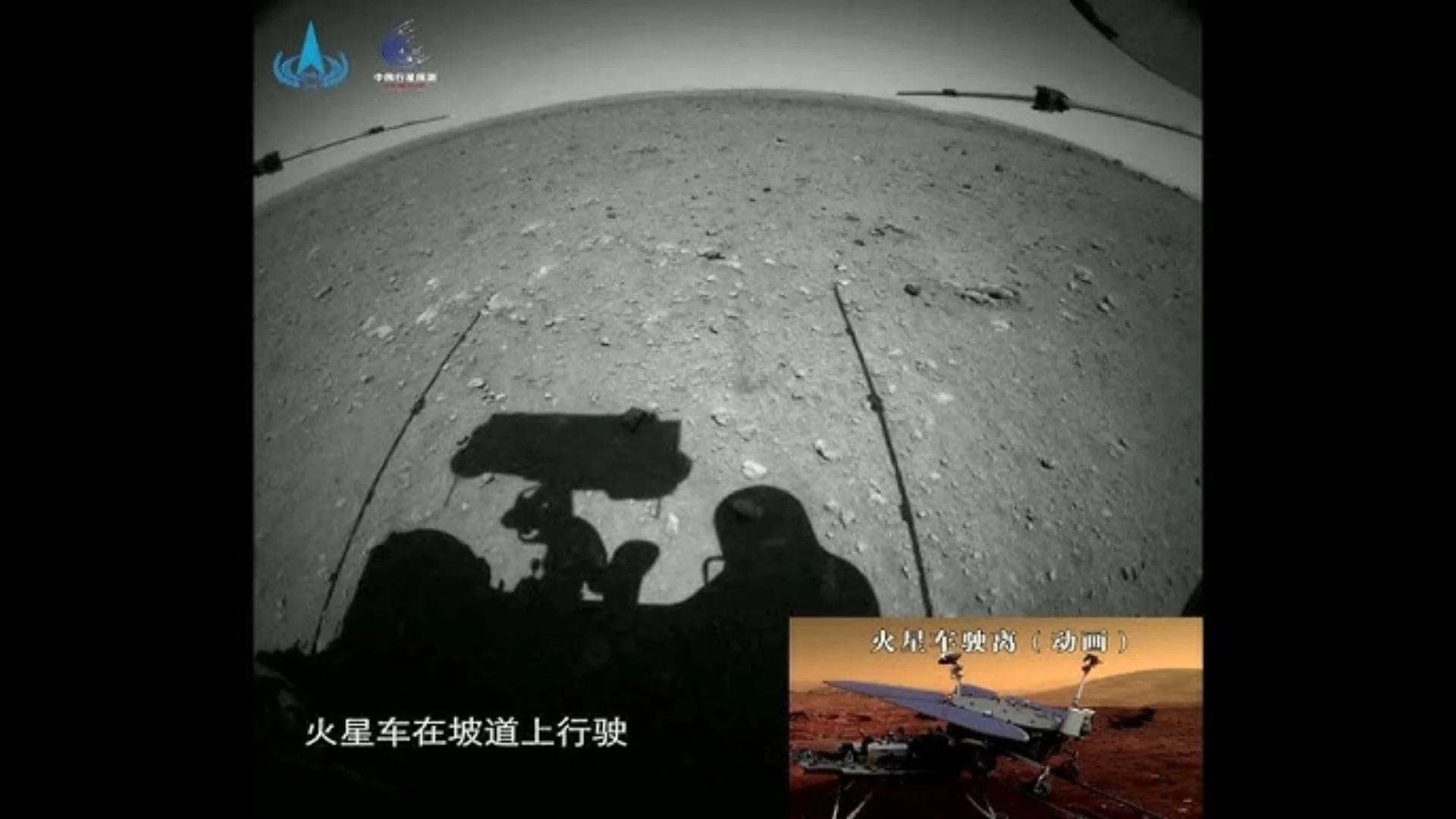Scientists have uncovered compelling evidence that Mars once hosted an ocean, a discovery that dramatically reshapes our understanding of the Red Planet’s ancient climate. With the help of China’s Zhurong rover, which landed on Mars in 2021, and data from orbiting spacecraft, researchers confirmed the presence of geological features that point to a former Martian coastline.
The study, published Thursday in “Scientific Reports”, details how the rover analyzed rocks on Mars’ northern plains, specifically in a region known as Utopia Planitia. Scientists say the features discovered, including troughs, sediment channels, and mud volcanoes, suggest the existence of a large water body on Mars, potentially millions of years ago.
This ocean likely existed around 3.68 billion years ago, at a time when Mars had already become cold and dry, losing much of its atmosphere. The findings also propose that the ocean disappeared roughly 3.42 billion years ago, leaving behind evidence of its once shallow and deeper marine environments.
Researchers note that the water in the ancient ocean was highly silted, which led to the formation of layered deposits on the Martian surface. They emphasize the significance of these discoveries, as they add support to the long-standing theory of an ancient Martian ocean and its role in the planet’s evolution.
The existence of water critical for life raises the possibility that microbial life could have once thrived on Mars. The study highlights that when the ocean was present, Mars likely had a warmer, thicker atmosphere, which would have made conditions more conducive to life.
The Zhurong rover, which operated on Mars until its hibernation in May 2022, played a crucial role in gathering this data. Named after the mythical Chinese god of fire, the rover’s mission lasted beyond its original three-month duration, surpassing expectations despite challenges with dust accumulation.
As scientists continue to study Mars’ history, questions about the fate of the planet’s water remain. Another recent study based on seismic data from NASA’s InSight lander suggests that vast amounts of liquid water could still lie hidden beneath the Martian surface, potentially within fractured rocks.










